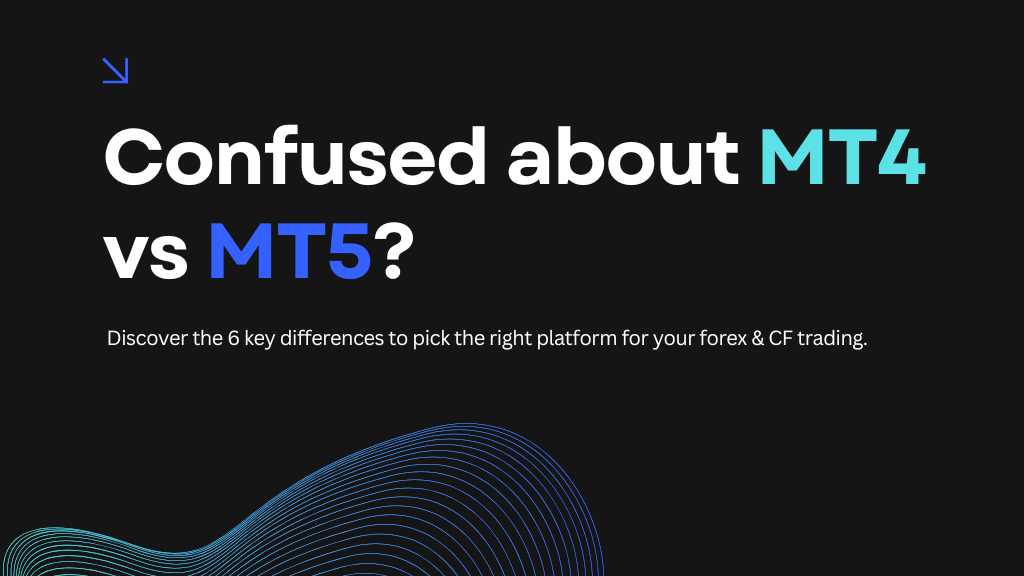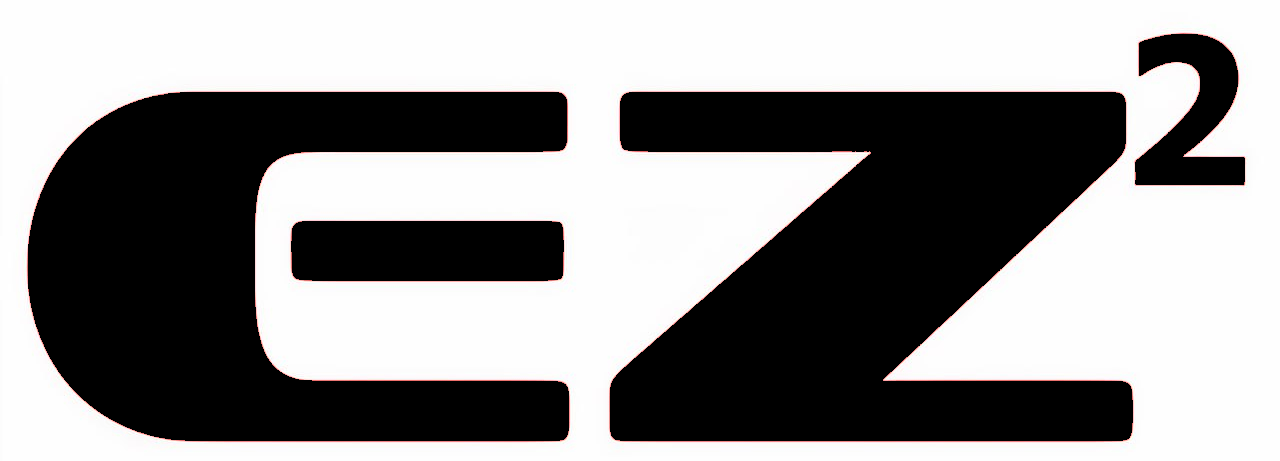
MetaTrader 4 vs MetaTrader 5: What’s the Difference?
For both aspiring and seasoned traders, choosing the right trading platform can be overwhelming. Two of the most popular names in online trading are MetaTrader 4 (MT4) and MetaTrader 5 (MT5), both developed by MetaQuotes Software. While they share many similarities, these platforms cater to different trading needs. In this blog post, we’ll explore the key differences between MT4 and MT5, helping you make an informed choice based on your trading goals.
MT4 and MT5 Core Features
At their core, both MT4 and MT5 provide essential tools for trading various financial instruments, including:
- Charting and Technical Analysis: Both platforms offer a wide array of technical indicators, drawing tools, and chart types to help traders analyze market trends and make informed decisions.
- Order Placement and Management: Both platforms allow traders to execute trades, set stop-loss and take-profit orders, and manage open positions.
- Automated Trading: Both platforms support automated trading strategies, allowing users to develop or use Expert Advisors (EAs) to automate trading activities.
6 Key Differences Between MT4 and MT5
While MT4 and MT5 share many core features, they differ significantly in the following six areas:
1. Supported Assets:
- MT4: Originally designed for forex and contracts for difference (CFDs) trading, MT4 has a more limited range of supported assets, typically including some commodities and indices depending on the broker.
- MT5: A more versatile, multi-asset platform, MT5 supports trading in forex, stocks, indices, commodities, futures, and even cryptocurrencies. This expanded range is ideal for traders looking to diversify their portfolios.
Meanwhile, the assets supported by Decode, our official partner trading platform, include Forex, Crypto, Commodities, and Indices.
2. Order Types:
- MT4: Offers four basic order types: market, limit, stop, and trailing stop.
- MT5: Introduces two additional order types—stop limit and take profit limit—providing more control over order execution and allowing traders to set both price and time-based conditions for activation.
3. Timeframes:
- MT4: Provides nine standard chart timeframes, ranging from one minute to one month.
- MT5: Expands on this with 21 timeframes, including additional options such as two, three, four, and six minutes, as well as two, three, and six hours. This wider range allows for more granular analysis suited to different trading styles.
4. Backtesting:
- MT4: While MT4 offers basic backtesting functionality, it can be slow and lacks customization options.
- MT5: Offers a faster and more advanced backtesting engine, which allows for more complex testing scenarios and strategies. This is a great option for traders who rely on automated trading strategies and need to test them thoroughly.
5. Programming Language:
- MT4: Uses MQL4, a proprietary scripting language tailored for MT4.
- MT5: Uses MQL5, a more advanced, object-oriented language that supports features like object-oriented programming and debugging tools, making it easier to develop and manage complex trading strategies.
6. Additional Features:
- MT4: Focuses mainly on core trading functionality.
- MT5: Introduces additional features, including an integrated economic calendar, a built-in marketplace for trading signals and Expert Advisors, and support for multi-currency accounts. These features enhance the trading experience for those looking for a more comprehensive platform.
Choosing the Right Platform for Your Needs
The platform that suits you best depends on your specific trading goals and preferences. Here’s a quick guide:
- Choose MT4 if:
- You primarily trade forex or CFDs and prefer a simpler, more user-friendly interface.
- You’re a beginner trader: MT4 is commonly used by new traders, offering a more approachable learning curve, especially if you’re focusing on forex and CFDs.
- Choose MT5 if:
- You want to trade a broader range of asset classes, including cryptocurrencies, futures, IPOs, and more.
- You require advanced order types and backtesting capabilities.
- You plan to develop or use complex automated trading strategies.
MT4 vs MT5: A Quick Summary
Both MT4 and MT5 are robust trading platforms, each catering to specific needs. While MT4 is ideal for forex and CFD traders looking for simplicity, MT5 offers more advanced features, broader asset support, and greater flexibility. Understanding these key differences will help you choose the platform that best aligns with your trading objectives.
Have specific questions about MT4 or MT5? Share your thoughts and interests in the comments below. For those looking to deepen their forex trading skills, Decode’s official education partner, EZ SQUARE HUB, offers valuable resources and guidance to help you succeed.

